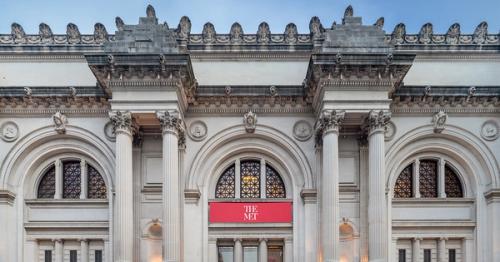In commemoration of the five hundred-and-fiftieth anniversary of the death of Fra Angelico (about 1395–1455), one of the foremost artists of the Italian Renaissance, The Metropolitan Museum of Art set out to reexamine his career and to establish a more historically accurate profile of the innovative, extraordinarily gifted "angelic friar," in order to dispel the myths and legends that have eclipsed the details of his life. New documentary research and standards for attributions, developed over the last three decades, provided the impetus for this reappraisal—only the second major exhibition of Fra Angelico's art ever held, and the first since 1955. Comprising about seventy-five paintings, drawings, and manuscript illuminations ascribed to Angelico and spanning the period from 1410 to 1455, as well as about forty works by his collaborators, this presentation includes several newly discovered paintings and a number of new proposals for reconstructions of important, dispersed altarpieces. Additionally, drawings by the master are analyzed in terms of their original function and in the context of discussion of the artist's workshop, its identifiable members, and their respective contribution to its artistic output. In essays and related entries, the first seven sections of the catalogue follow the course of Angelico's career. The study opens with his earliest, largely undocumented, activity as a painter (in the 1410s), before he joined the Dominican order, emphasizing those works that reflect his artistic, intellectual, and spiritual milieu. In dealing with the paintings of the 1420s, many of which will be unfamiliar to the general public and are the subject of widespread disagreement among scholars regarding dating and attribution, the authors attempt to establish their chronology within the master's oeuvre. The artist's mature, late production, punctuated by working sojourns in Rome, was centered around the altarpieces and frescoes—in Florence, Fiesole, Cortona, and Perugia—for which he is best known, but that cannot be lent to traveling exhibitions. Thus the focus here is on the masterpieces on a more intimate scale, such as the small, narrative predella panels and the many hauntingly beautiful images of the Virgin and Child, a subject to which he returned throughout his career. The essays and entries in the last four sections concern five of Angelico's assistants and followers: Battista di Biagio Sanguigni, Zanobi Strozzi, Pesellino, the Master of the Sherman Predella, and Benozzo Gozzoli. All of the approximately 120 works that are the subjects of the entries are shown in full color and are augmented by many large details and illustrations of comparative works. A comprehensive selected bibliography and an index complete the volume.











